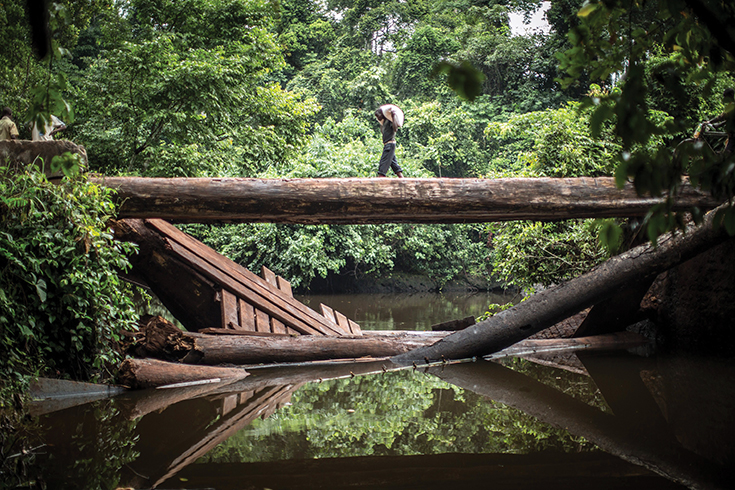Reuters
A new technique using artificial intelligence to predict where deforestation is likely to occur could help the Democratic Republic of the Congo (DRC) preserve its shrinking rainforest and cut carbon emissions.
The DRC’s rainforest, pictured, the world’s second-largest after the Amazon, is under pressure from farming, mining, logging and development. Protecting forests is widely seen as one of the cheapest and most effective ways to reduce the emissions driving global warming. Conservation efforts in the DRC, however, have suffered from a lack of precise data on which areas of the country’s vast territory are most at risk of losing their pristine vegetation, said Thomas Maschler, a researcher at the World Resources Institute (WRI).
“We don’t have fine-grain information on what is actually happening on the ground,” he said.
To address the problem, Maschler and other WRI scientists used a computer algorithm based on machine learning, a type of artificial intelligence. The computer was fed inputs, including satellite data, detailing how the landscape in several regions had changed between 2000 and 2014.
The program analyzed links between deforestation and the factors driving it, such as proximity to roads or settlements, to produce a map forecasting future losses.

